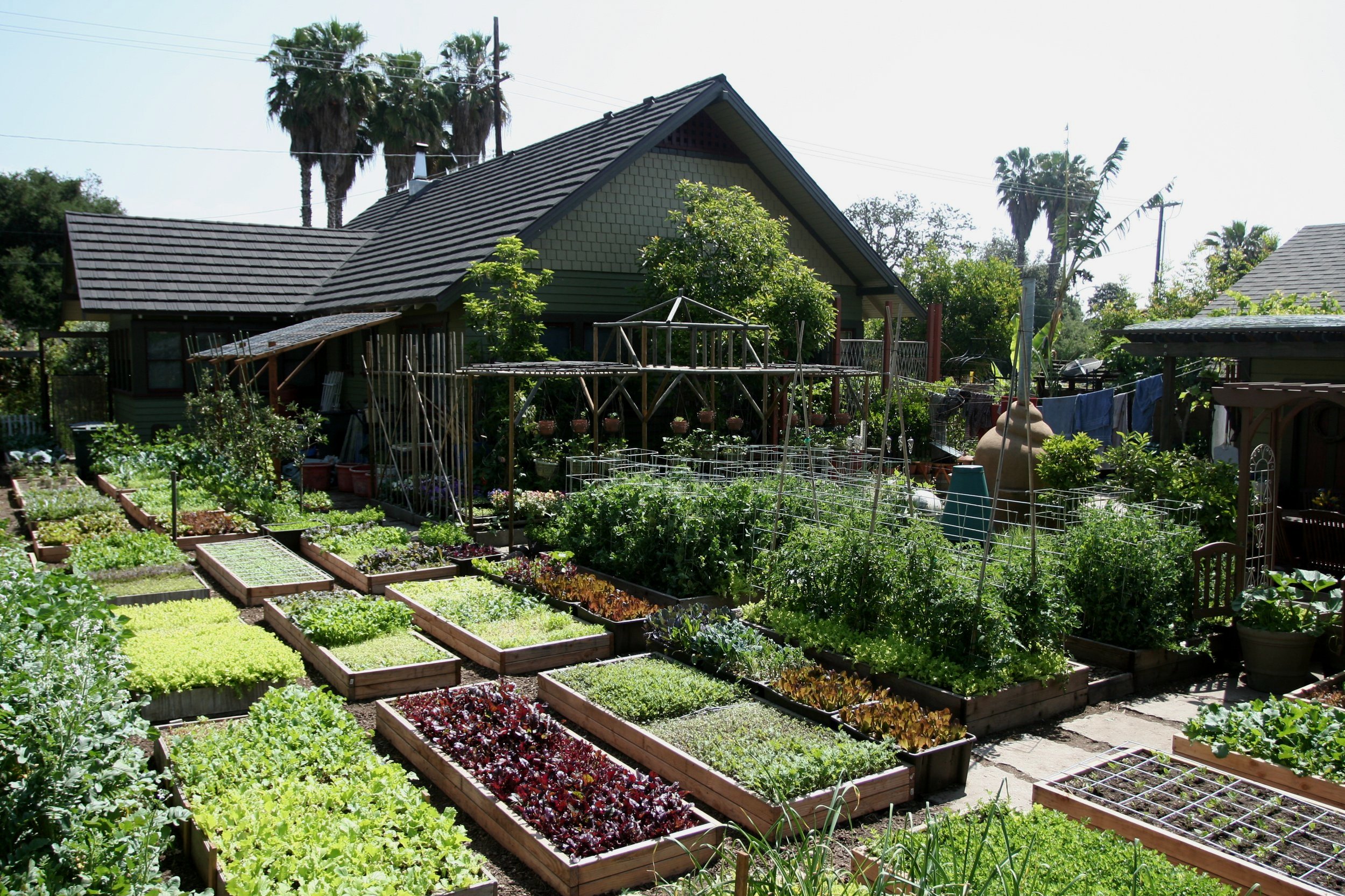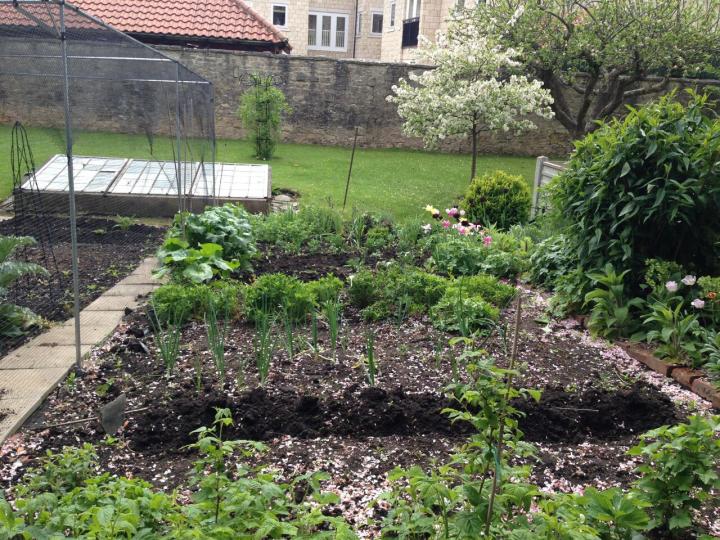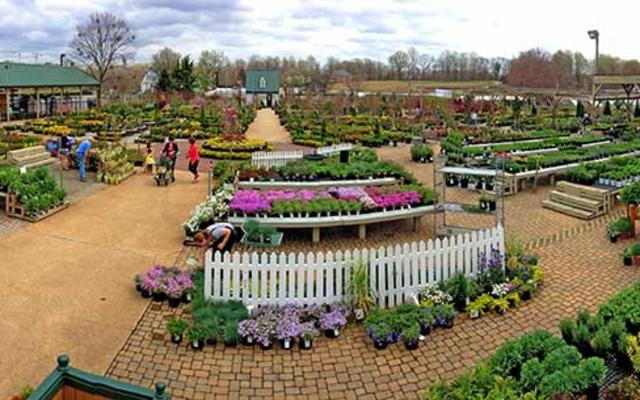Beginner’s Guide to Homestead Gardening at Home
Beginner’s Guide to Homestead Gardening at Home
Blog Article
Enhance Your Outdoor Area With Creative Horticulture Styles and Styles
By discovering various styles, such as the captivating informality of home yards or the minimalism of modern looks, one can considerably elevate the setting of their surroundings. In addition, incorporating upright gardening strategies and sustainable methods not only enhances aesthetic allure but also advertises ecological consciousness.

Cottage Yard Charm
Cottage yards, often defined by their rich, casual layouts, embrace a harmonious blend of veggies, herbs, and flowers, developing a vivid tapestry of shade and fragrance. This typical gardening design dates back to the late 19th century, coming from England, and is valued for its lovely, romantic appeal.
Key elements of cottage gardens consist of using perennial plants, climbing up vines, and self-seeding annuals, which add to an ever-evolving landscape. Planting in dense collections motivates a naturalistic look, enabling for a diverse mix of structures and shades. Popular blossoms such as delphiniums, hollyhocks, and foxgloves come together with aromatic natural herbs like lavender and rosemary, boosting sensory experiences while promoting biodiversity.
Integrating rustic features, such as weather-beaten trellises, wood fencings, or rock paths, further improves the aesthetic of a cottage yard. This design not just prioritizes beauty however additionally embraces sustainability, as numerous plants are chosen for their capability to attract pollinators and offer food. Inevitably, the home garden appeal lies in its kicked back, inviting atmosphere, urging a deep connection with nature while using an ideal retreat for leisure and satisfaction.
Modern Landscape Aesthetics
While the charm of home gardens stimulates a feeling of fond memories and fancifulness, modern landscape aesthetic appeals welcome a more structured and minimalist technique. This modern style stresses simplicity, functionality, and an assimilation with the surrounding setting. Tidy lines, geometric forms, and a minimal shade palette characterize modern-day landscape design, enabling nature's beauty to take facility stage without unneeded diversions.
Products play a vital role in accomplishing this visual. Concrete, metal, and all-natural rock are often utilized to develop hardscapes that complement the landscape as opposed to bewilder it. In addition, the mindful option of plants is essential; native species and ornamental lawns are frequently favored for their reduced upkeep and capability to prosper in local conditions.
Water features, such as sleek ponds or reflecting pools, are additionally important to modern styles, providing tranquility and a prime focus. Sustainable methods, consisting of xeriscaping and making use of absorptive materials, improve the environmental responsibility of contemporary landscape design. Ultimately, contemporary landscape visual appeals use a chance to produce serene outdoor rooms that mirror modern worths while promoting a much deeper connection to nature.
Upright Gardening Technologies
Vertical horticulture technologies have actually reinvented the method we approach horticulture in minimal spaces, making it possible for the growing of plants in urban settings where ground room is limited. These ingenious strategies and structures enable garden enthusiasts to take full advantage of vertical surfaces, changing wall surfaces, fencings, and also terraces right into rich eco-friendly rooms.
One noticeable innovation is making use of modular systems, which are composed of interlacing panels that can be conveniently mounted and reorganized - Homestead Gardening. These panels typically come equipped with built-in irrigation systems, making certain that plants get adequate dampness while decreasing water waste. In addition, vertical gardens can incorporate a variety of plants, from blooming varieties to edible natural herbs, advertising biodiversity and enhancing looks
One more significant improvement is the integration of smart technology, such as sensing units that keep an eye on soil moisture and nutrient degrees. This technology enables for precise treatment tailored to the needs of individual plants, making certain optimal development and wellness. Light-weight materials and upright planters made from recycled products contribute to sustainability while reducing the physical problem of standard horticulture.
Sustainable Gardening Practices
Lasting gardening practices have actually arised as a crucial technique for gardeners seeking to minimize their environmental influence while enhancing the health and wellness of their communities. These techniques concentrate on the careful management of his response all-natural sources, promoting biodiversity, and cultivating a resilient landscape.
One secret aspect of lasting gardening is soil wellness. Making use of natural compost, mulching, and plant rotation enriches the soil, advertising advantageous bacteria and decreasing the need for chemical fertilizers. Additionally, native plants are encouraged, as they call for less water and are much more immune to regional bugs, thus lowering dependence on pesticides.

Moreover, sustainable horticulture encourages making use of recycled products for yard structures and pathways, reducing waste and environmental influence. By embracing these practices, gardeners can develop a growing exterior room that balances with nature, ensuring both individual pleasure and eco-friendly obligation.
Themed Yard Inspirations
Developing a themed yard can change a regular outdoor space into a fascinating shelter that reflects individual design and interests. Themed gardens use an one-of-a-kind chance to share imagination while improving the visual appeal of one's landscape. Popular motifs consist of Japanese Zen gardens, which emphasize tranquility via carefully prepared rocks, water features, and minimal plantings.
Another inspiring style is the cottage garden, identified by an informal design loaded with an abundance of fragrant natural herbs and colorful blossoms. This style promotes biodiversity and brings in pollinators, making it both environmentally beneficial and beautiful.
For those with a penchant for journey, a tropical yard can evoke a trip feel, including strong foliage, lively blossoms, and maybe also a tiny water function to imitate a resort environment.
Conversely, a themed garden can draw ideas from literature or background, such as a Shakespearean garden that includes plants mentioned in the Bard's works.
Picking a motif not only offers direction in plant option and design yet also creates a cohesive setting that invites expedition and satisfaction, making outdoor rooms absolutely unique.
Final Thought

Incorporating rustic attributes, such as weather-beaten trellises, wood fencings, or stone pathways, further improves the visual of a cottage garden. Furthermore, upright yards can incorporate a range of plants, from blooming varieties to edible natural herbs, advertising biodiversity and enhancing aesthetics.
Creating a themed yard can transform a normal outdoor area into a captivating shelter that shows personal design and rate of interests. Themed gardens offer an one-of-a-kind possibility to page express creative thinking while enhancing the visual charm of one's landscape. The appeal of cottage yards, his explanation the sleekness of contemporary landscapes, innovative upright gardening methods, sustainable practices, and themed yards each contribute distinct components that promote both elegance and capability.
Report this page